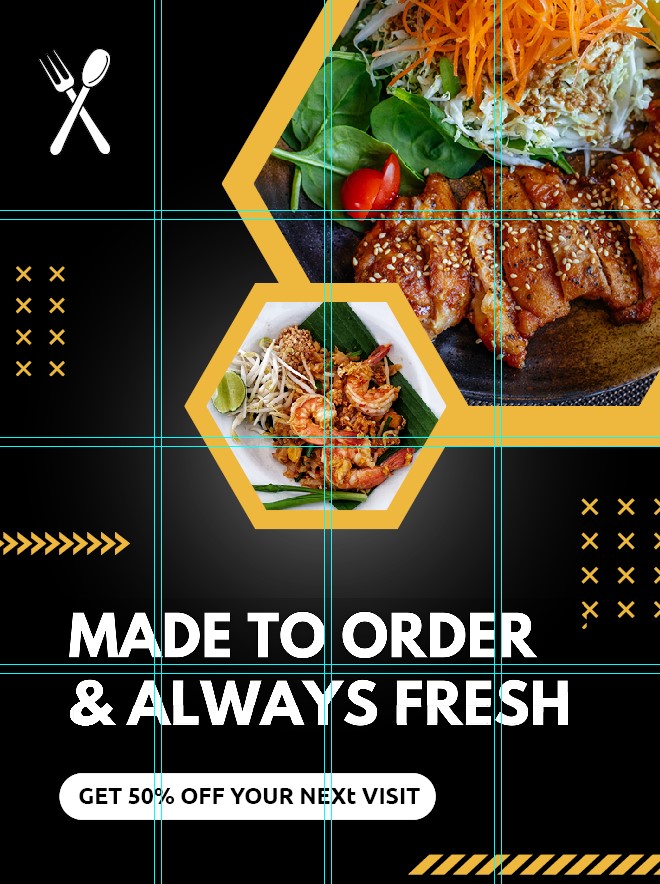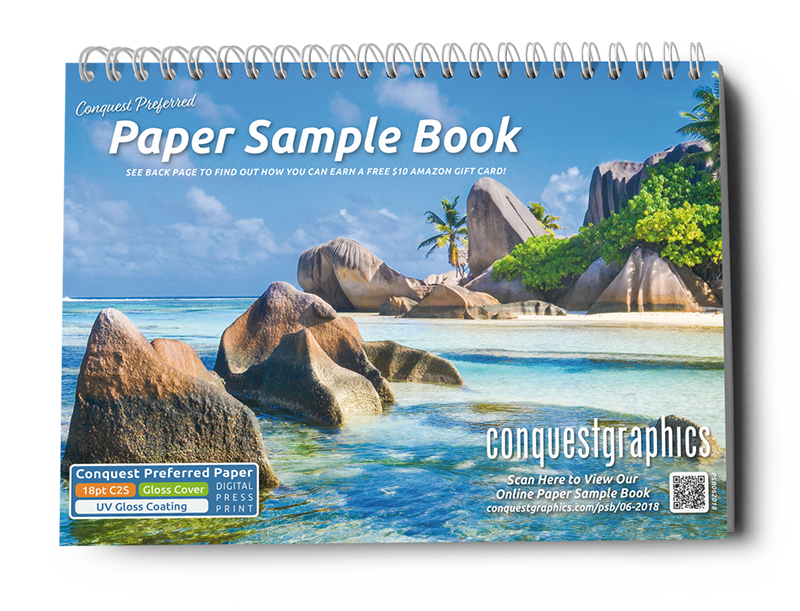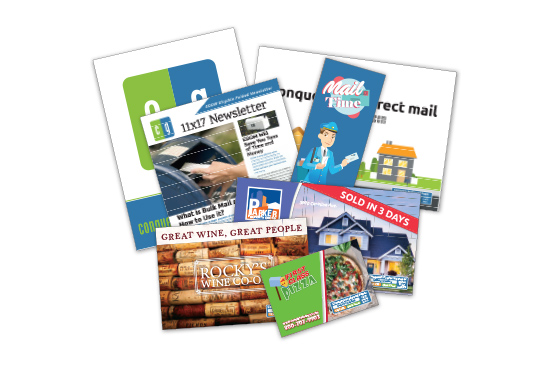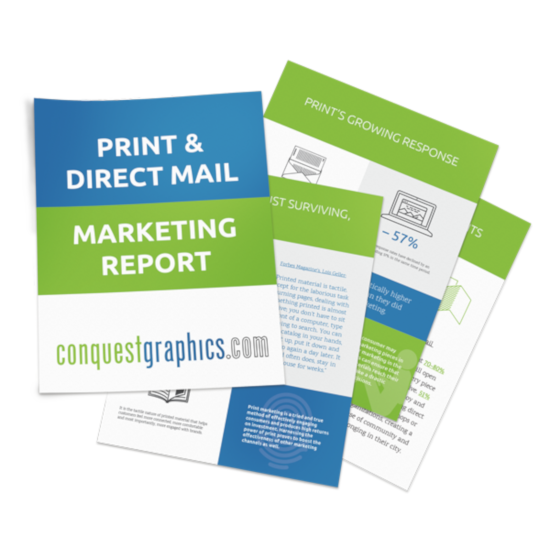
Designing a sign involves a lot of planning and executing to ensure you are designing a sign that gets you the very best results.
So, to make designing your sign a much easier process, just follow this guide on how to design a sign so you can successfully create a meaningful and effective business sign, logo sign, advertising sign, directional sign, or informational sign.
What is Your Sign's Purpose?
Before you begin designing your sign, you need to understand your sign's purpose so that you can design a sign that is directed to your specific audience, delivers your specific message effectively, and reaches your specific goals.
Who is your Audience?
Designing a sign first requires you to understand your target audience so that you can design your sign for them.
Is your message intended for:

- Potential customers?
- Current customers?
- Home buyers?
- Shoppers?
- People driving by your business?
- Visitors or guests?
- Employees?
- Patients?
- People in the market for a car?
- People of a certain age?
- Families?
Depending on who your sign’s message is intended to reach, will help you determine the appropriate wording of your message, the font style, the colors, the images, and more.
What is Your Sing's Core Purpose?
What is the primary purpose of designing your sign? Are you looking to design an:
- Advertising sign that promotes a sale new product, new service, grand opening, etc.?
- Business sign that promotes your brand, store hours, company slogan, etc.?
- Directional sign that leads potential or current customers to a specific area like your restaurant, store, a house for sale, office building, etc.?
- Informational sign that shares important details with your audience?
Designing a directional sign should be approached differently than an advertising sign just like a logo sign promoting your brand should be approached differently than an informational sign.
When you understand the core purpose of your sign, you will be able to more easily design a sign that reflects your sign’s purpose.

What is The Goal for Your Sign?
For every type of sign, you are designing, you’ll want to make sure that it stands out from your competitors and neighboring businesses, represents your brand, and delivers your message effectively so that it generates the results you are planning for.
However, different types of signs have their own unique goal. For example, advertising signs typically have a goal to bring their audiences to act on a specific request, including attracting customers to make a purchase or attracting their audience to visit them.
On the other hand, a directional sign has the goal to grab the audience's attention and direct them to a certain location.
When you have a clear goal for your sign design in place, you’ll be able to choose the type of sign and your sign’s design elements much more easily.
Which Type of Sign is Right for Your Message?

You may already know exactly what type of sign you need, but if you aren’t sure, ask yourself the following questions: Will your sign be placed indoors or outdoors? Are you looking to promote your sign on a window, a wall, in your office, or on a vehicle? Does your sign need to be illuminated, thick, or thin? Are you designing your sign for an event or tradeshow? Will your sign need to hang from the ceiling, a shelf, stand on its own, or be placed on a table?
There are many different types of signs, and once you know your sign's purpose and goals, you’ll be able to narrow down your choices and choose the right type of sign.
What Does Your Sign Design Need to Include?
The Perfect Messaging
The words, tone, and phrasing are such important design elements in your sign.
You want to keep your messaging concise, clear, attention grabbing, influential, and you want your words to relate to your audience.
An Easy-to-Read Font
As we have shared before, the font you choose should reflect your brand. For example, if your business has a playful and warm style then you need to choose a font that mimics that style while if your business has a sophisticated and classic style, your font choice needs to reflect that style.
You also need to choose a font, or typeface, that is large enough and easy to read. Stay clear of fancy and curly fonts or even fonts that are too thin as this can compromise readability. Keep your brand in mind as well as the distance your audience will read your sign in mind when choosing your font.

The Right Colors
The colors you choose when designing your sign need to reflect your brand and they need to convey the message and feeling you are trying to deliver.
Certain colors evoke certain feelings and choosing the right colors can help elevate your sign’s message. For example, green often conveys loyalty, and health, blue can convey confidence and trust, while orange can convey freedom, youth, and optimism.
High Contrast
Choosing a color pallet with high contrast has a huge impact on your sign design. When you choose the right colors and include contrast, it can help make certain elements look larger while making them stand out and it helps make your sign easier to read. For example, include light design elements on dark backgrounds and dark elements on light backgrounds.
Including high contrast isn’t only important for your sign itself either. You also want to make sure your overall sign design contrasts against its surroundings. For example, if you’re placing your sign on a black wall, you’ll want to stay clear of using too many dark colors in your sign. Instead, choose a light-colored background and dark text so that your sign pops against the dark-colored wall.

High-Quality Imagery
Sometimes signs don’t need images or graphics at all. However, for certain signs, images and graphics can enhance your sign’s message.
But there are a few things to consider when including imagery in your sign design including:
- Your imagery needs to reflect your audience, your brand, and your message
- Your images need to be large enough to be seen and so they are printed clearly (don’t scale your image up in your design platform any more than 20% or they will lose quality.)
- Images should be at least 300 dpi in resolution and graphics or line art (images that are not photographic) should be scanned at 1200 dpi (vector graphics are ideal and work best.)
Your Brand
If your brand’s logo, company slogan, colors, font, etc., isn’t included within your sign design, your audience won’t know who is delivering the message. Make sure at least one branding element is included within your sign design—including both your logo, brand typeface, and colors are ideal to include—and keep your branding consistent across all your signage.
Simplicity & Negative Space
You only have a few seconds to grab your audiences’ attention and share your message with them which means you need to keep your sign design simple! Don’t overcrowd your sign with too many images and design elements and keep your text to a minimum. A cluttered sign will not be perceived well. Make sure to use negative space to your advantage and include only necessary elements.

Use a Sign Template
Once you have everything for your sign design planned out, it’s time to layout your design in your design platform to prepare it for print.
To help with this, we recommend using a sign design template so that you can ensure your design has the proper bleed and margins needed for printing. And to take advantage of a sign template, simply visit our custom sign page, choose your desired sign, and explore the different templates we have available for you including wall and window decal templates, poster templates, acrylic sign templates, banner templates, ceiling dangler templates, and so much more!
Once you choose your template, just download the PDF template, place the sign template in a separate layer within your design platform, and then turn off or delete your template once everything is ready to go.
Make sure to choose the appropriate size template and be sure that your document file within your design platform is sized correctly as well.
Layout Your Design Elements Effectively
The way you layout your sign design elements need to be fluid, balanced, easy to read, it needs to add value to your message, and it also needs to be unique to your brand.

An easy way to make sure your sign design is balanced is to use the grid method. To do this simply add a grid into your design platform, as you would do with your sign template. Use this grid to lay out your elements, this will help you place and align your design elements in a balanced way.
It’s also important to make sure that there is negative space within your sign design. And a grid can help with this as well! For example, in this image, you’ll notice that each grid square isn’t cluttered.
You also want to choose a key focal point. This will typically be the largest and most essential element in your sign design. By using a strong focal point, you’ll be able to easily lead your audience through your entire sign.
How to Print Your Sign
After you have completed the perfect sign design, it’s time to export your design file as a PDF and bring your sign to life!
Many printers like Conquest Graphics, offer wide-format and custom sign printing as well as can help guide you and choosing the right options for you. They can even help you with the design of your sign!
If you’re ready to get started, click the button below to explore some of our most popular sign options today. If you have any questions, please don’t hesitate to reach out! We are here for all your sign printing needs!
Bring Your Sign Design To Life Today!









